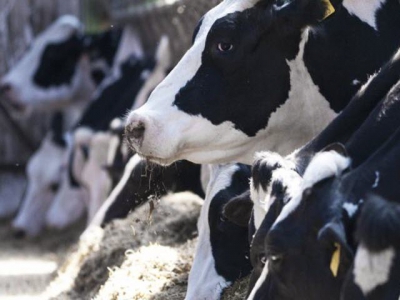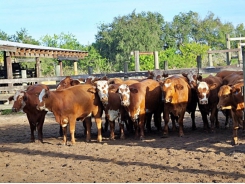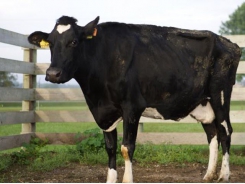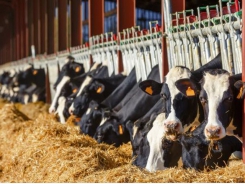Automated milking system requires new approach

SPECIAL COVERAGE FROM THE AMERICAN DAIRY SCIENCE ASSN. ANNUAL MEETING: Feeding management for cows housed in facilities with automated milking systems is different than for herds using parlor-based milking systems.
Adoption rates of automated milking systems (AMS) continue to rapidly increase in North America and there is no doubt that feeding management for cows housed in facilities with AMS is different than for herds using parlor-based milking systems. Even so, there are few studies that have critically evaluated feeding management practices for AMS systems.
At the CSAS Symposium held in conjunction with the American Dairy Science Assn. annual meeting in Cincinnati, Ohio, G.B. Penner of the University of Saskatchewan noted that the central dogma for feeding management for cows milked with AMS is that a pelleted concentrate must entice cows to enter the AMS with greater quantities having a stimulatory effect. Moreover, feeding a basal PMR that has a low nutrient density not only stimulates cows to seek the pellet in the AMS, but also allows for precision feeding approaches by allocating the type or quantity of pellet provided at a cow-level in the AMS.
While these concepts are appealing, the ability to stimulate voluntary visits to the AMS and increase milk yield or milk component yield with greater concentrate allocation in the AMS has been variable. As a result, studies evaluating precision feeding management have not consistently reported positive responses.
Penner noted that this lack of a positive response for voluntary visits and increased milk yield may be explained as follows: (1) there is a difference between the quantity of pellet programmed for delivery and that actually delivered in the AMS; (2) that not all concentrate delivered is consumed; and (3) that dairy cattle reduce intake of the partial mixed ration with increasing consumption of the concentrate delivered in the AMS.
Further development of AMS to capture information related to the amount of AMS concentrate delivered, refused and partial mixed ration eating behavior and or consumption is necessary to move forward toward precision feeding approaches, Penner said.
Có thể bạn quan tâm
Phần mềm

Phối trộn thức ăn chăn nuôi

Pha dung dịch thủy canh

Định mức cho tôm ăn

Phối trộn phân bón NPK

Xác định tỷ lệ tôm sống

Chuyển đổi đơn vị phân bón

Xác định công suất sục khí

Chuyển đổi đơn vị tôm

Tính diện tích nhà kính

Tính thể tích ao hồ




 Rumen-protected glucose seen to boost milk production in…
Rumen-protected glucose seen to boost milk production in…  Mastitis control programs sought for organic dairy herds
Mastitis control programs sought for organic dairy herds